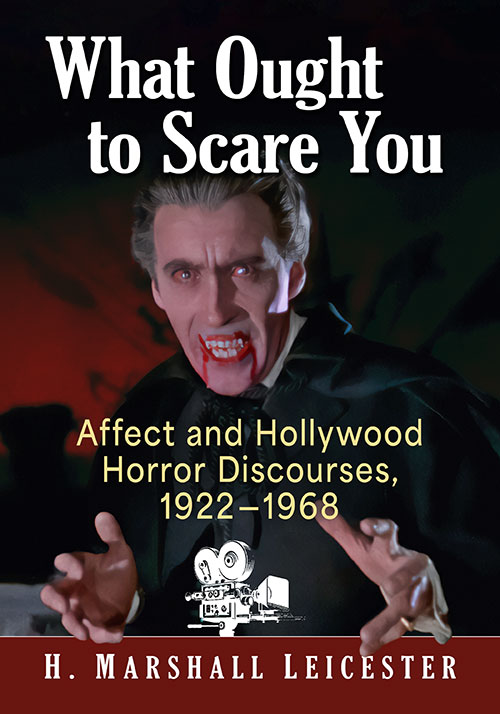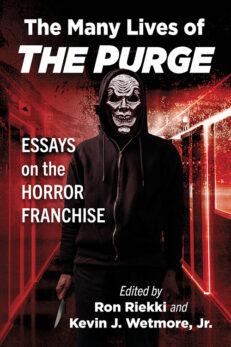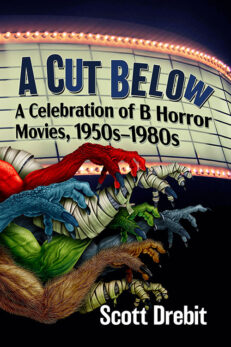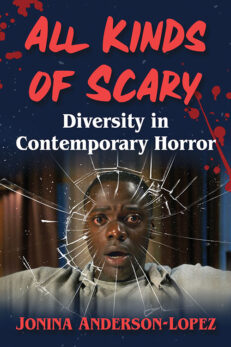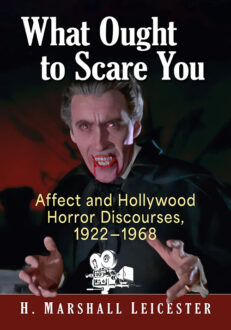What Ought to Scare You
Affect and Hollywood Horror Discourses, 1922–1968
$75.00
In stock
About the Book
Using the Hollywood studio system (1931–1960) as a historical center, this book performs close readings of classic horror films (such as Frankenstein and Cat People) while asking the following three questions: What about this movie is weird? What does this movie think ought to scare you? If there weren’t monsters in this movie, what would be wrong with these people’s lives? These questions guide readers toward the uniqueness of horror films in relation to the way they are classified and the feeling of “horror” that they offer. The horror genre is a collection of culturally-shared elements—words, images, or themes used to signify or evoke horror, because they have been used that way before.
Instead of treating movies as examples of the horror genre through how they evoke feelings from viewers, this book locates the meaning of horror within individual films and shows how movies make their own genealogies and complicate their own scares in an evolution of the genre. It argues that classic horror movies are forms of reception of—and resistance to—the ideas of horror that were current in their historical period. Working historically, the author traces movies’ interactions with their precursors and co-conspirators to show how they are the agents of historical changes in the genre and in what we take to be horror.
About the Author(s)
Bibliographic Details
H. Marshall Leicester
Format: softcover (7 x 10)
Pages: 273
Bibliographic Info: 85 photos, notes, bibliography, index
Copyright Date: 2024
pISBN: 978-1-4766-8979-1
eISBN: 978-1-4766-5195-8
Imprint: McFarland
Table of Contents
Introduction: Whatever Is Horrible Is Difficult 1
◆ Part One—Homebred Evil: Achieving the Genre, 1922–1936 33
Chapter 1—Nosferatu: The Desire of the Vampire 35
Chapter 2—Frankenstein: Jouissance and the Studio System 69
Chapter 3—Loose Canons: The Structure of a Genre 107
◆ Part Two—Transformations, Transitions, and Afterlives: The Studio Style, 1938–1968 133
Chapter 4—The Pressures of the Text: The Horror Film in the 1940s 135
Chapter 5—Deferments: Cat People, the Lewton Unit, and the Anxiety of the Other 172
Chapter 6—Excursus: The Noir Moment 204
Conclusion: Studio Horror in the Atomic Age and Beyond 223
Filmography 253
Bibliography 257
Index 263

